NEWS
Recommend
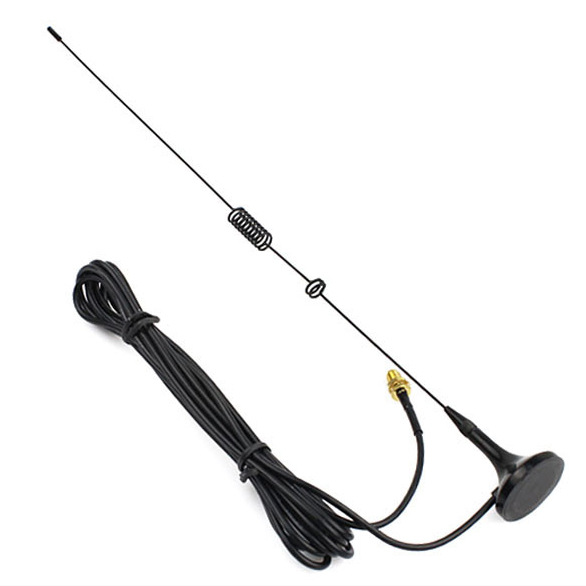
5dB Magnetic Sucker Antenna
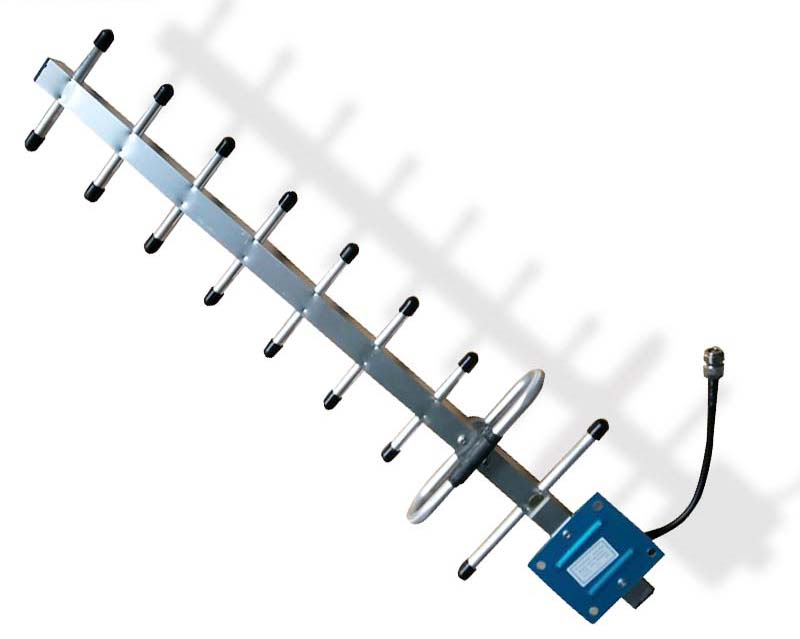
4G 9 Units Yagi Antenna

4G Patch Antenna

GSM Antenna
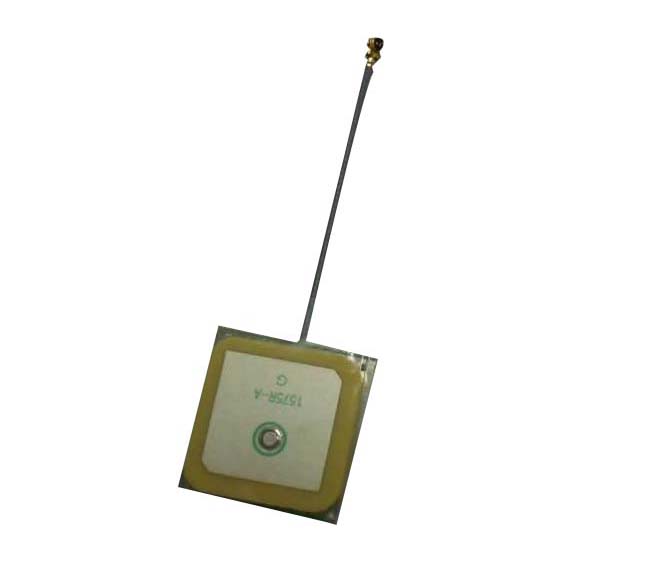
Internal GPS Antenna
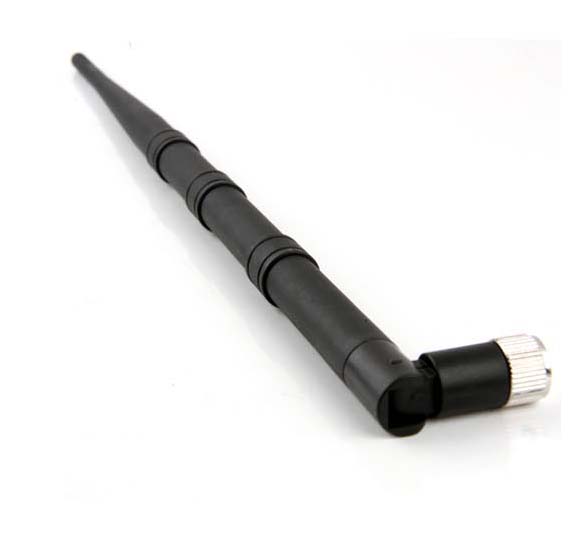
12dBi 2.4 GHz RP-SMA Wireless WLAN...
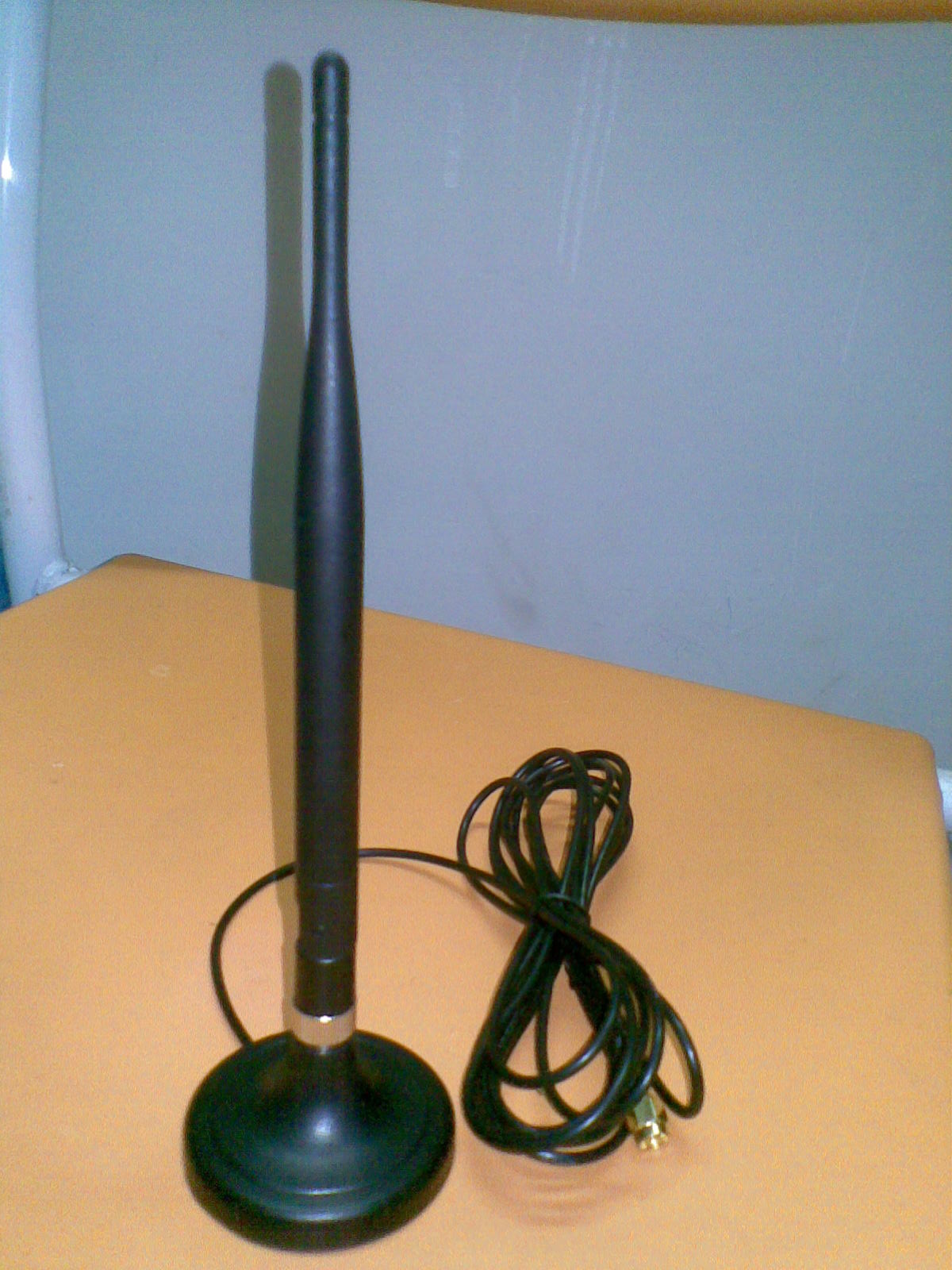
Magnetic Base Rubber Antenna
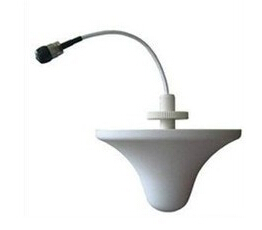
Indoor Omni Antenna
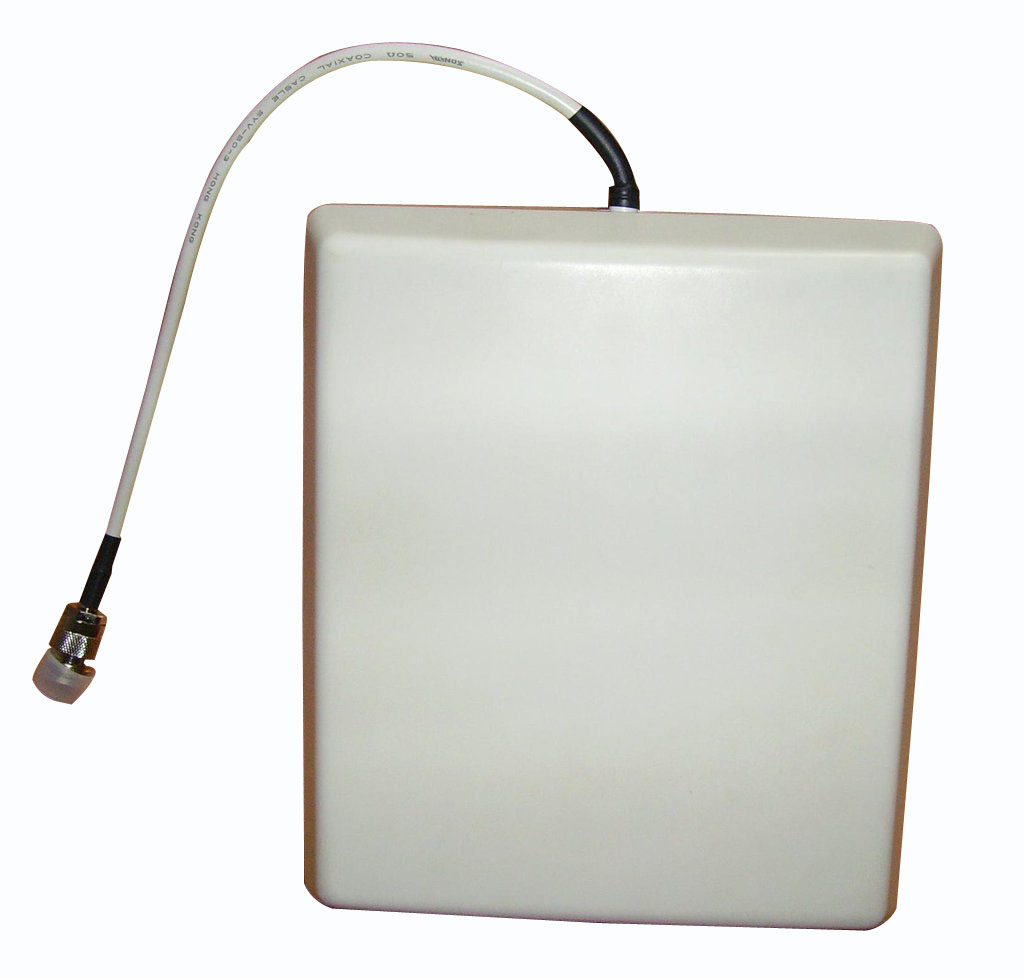
Outdoor Planel Wifi Antenna

Top Quality Wifi Antenna

High quality Antenna
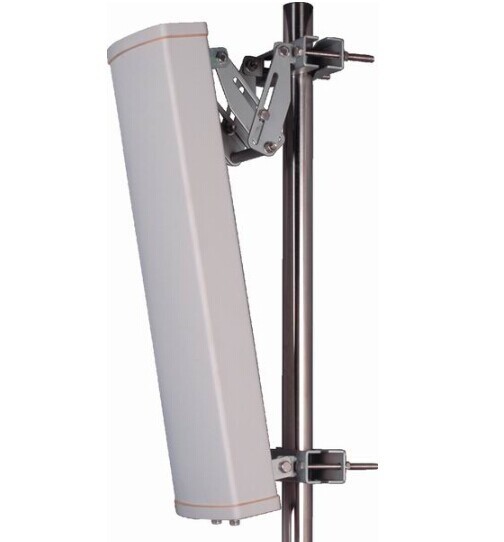
Outdoor High Gain Embellished Platelike ...
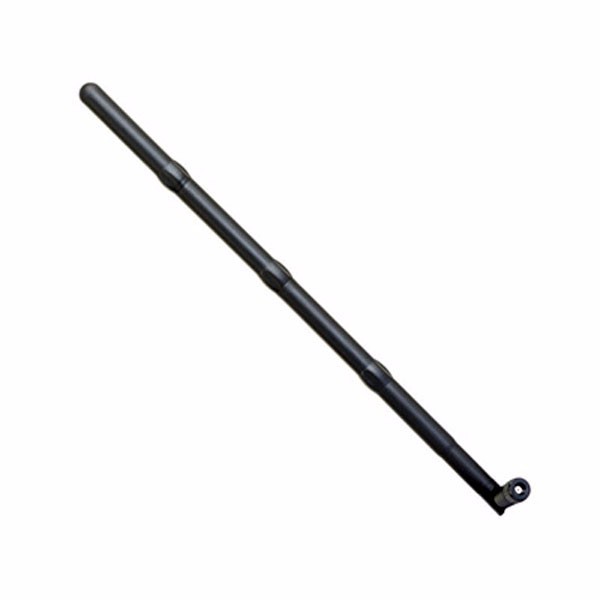
High Gain 2.4G 12dBi WiFi Antenna
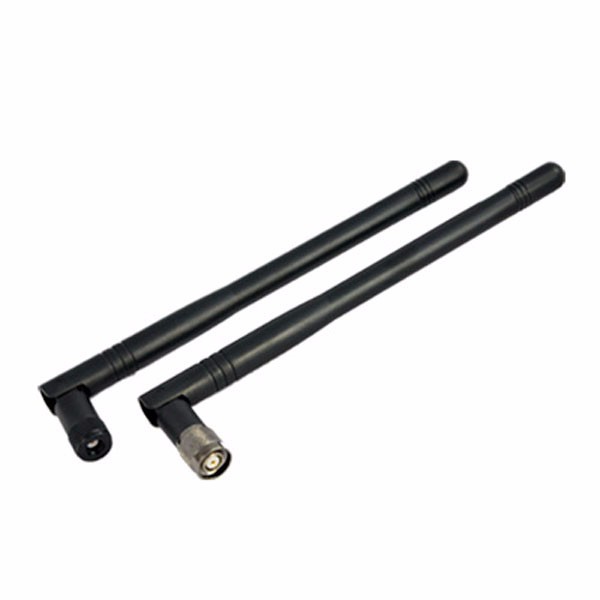
High Gain Wifi 6dBi 2.4GHz Antenna
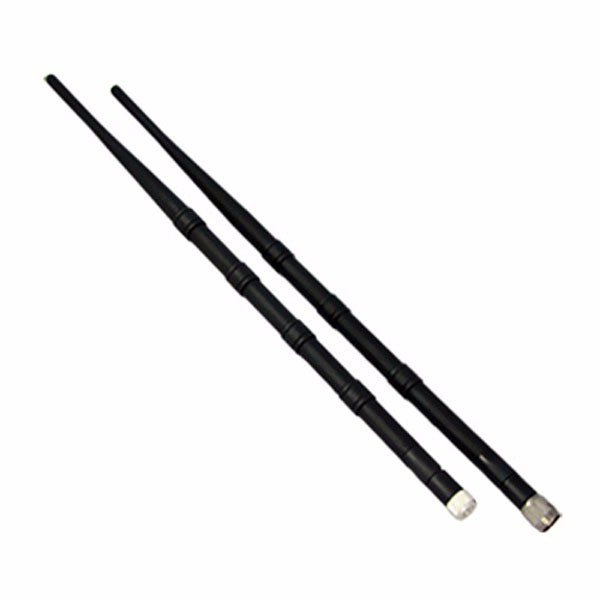
High Gain 2.4G 9dBi WiFi Antenna
Contact
TEL+86-755-28608731
PersonMr. Wang
Phone+86-13631646215
E-mailfyx@fyx888.com
Industry news HOME >> NEWS >> Industry news
In the 1920s, Yagi Hideji and Toda Uda of Tohoku University invented this antenna, which is called "Yagi Uda antenna", or "Yagi antenna" for short. The Yagi antenna works really well. It has good directivity and higher gain than a dipole antenna. It is particularly effective for direction finding and long-distance communication. If equipped with elevation and azimuth rotation control devices, you can communicate with radio stations in all directions, including space vehicles, as you like. This feeling cannot be obtained from an upright antenna. A typical Yagi antenna should have three pairs of oscillators, and the entire structure is in the shape of a "king". The active oscillator, or main oscillator, connected to the feeder line is among the three pairs of oscillators, and the middle of the "king" character is horizontal. The reflector, which is slightly longer than the active oscillator, is on one side of the active oscillator, and plays the role of weakening the radio waves transmitted from this direction or the radio waves emitted from the antenna. A director, which is located on the other side of the active oscillator, can enhance the radio waves transmitted from this side or emitted in this direction. There can be many directors, each of which is slightly shorter than the adjacent one and close to the active oscillator. The more directors, the sharper the direction and the higher the gain, but in fact, after more than four or five directors, this "benefit" increase is less obvious, and the volume is large, the weight is increased, and the material strength is required. Increasing and increasing costs have become increasingly prominent. A pair of five-unit Yagi (that is, three directors, a reflector, and an active oscillator) is usually sufficient.
Each director and reflector is made of a metal rod. No matter how many "elements", all the vibrators are fixed on a "beam" in parallel at a certain distance. The girders are also made of metal. Are the midpoints of these oscillators insulated from the beam? No. It turns out that when the radio wave "walks" on these vibrators with a length of about half a wavelength, the midpoint of the vibrator is exactly at the zero point of the induced signal voltage, and the zero point is connected to "ground", and there is no problem at all. And there is another advantage. The static electricity induced in the space can be conducted to the lightning protection network of the building through these contact points and the metal pole of the antenna.
The working principle of the Yagi antenna is as follows (take three-element antenna reception as an example): the director is slightly shorter than the half wavelength, the main oscillator is equal to the half wavelength, and the reflector is slightly longer than the half wavelength. Oscillator pitch is a quarter wavelength. At this time, the director is "capacitive" to the induction signal, and the current is 90 ° ahead of the voltage; the electromagnetic waves induced by the director will radiate to the main oscillator, and the radiated signal will lag behind directly from the air through a quarter-wavelength path. The signal reaching 90 ° of the main oscillator exactly cancels the "lead" caused by the front. Both phases are the same, so the signals are superimposed and strengthened. The reflector is slightly longer than one-half wavelength, is inductive, and the current lags 90 °. In addition, the radiation to the main oscillator lags 90 °, which is exactly 180 ° from the signal directly added to the main oscillator from the reflector , Played a counteracting role. When one direction is strengthened and one direction is weakened, there is strong directionality. The same is true of the firing state.
Active oscillator is a key unit. There are two common forms: folded oscillator and straight oscillator. The straight oscillator is actually a half-wavelength dipole oscillator, and the reduced oscillator is its deformation. The place where the active vibrator is connected to the feeder must maintain good insulation with the main beam, while the midpoint of the folded vibrator is still in communication with the beam.
Imitation of an antenna, but it still needs to be adjusted appropriately. What to tune? Why tune? This requires us to understand the principle of the antenna made. An important feature of an antenna is its "input impedance". In the resonance state, the antenna is connected to the feeder as a resistor. The common feeder impedance is 50Ω. If the input impedance of the antenna is also 50Ω, then “matching” is achieved, and all signals output by the radio can be transmitted from the antenna; if it is not “matching”, a part of the power will be reflected back to the radio's power amplifier circuit . The input impedance of the half-wavelength dipole antenna is about 67Ω, and the input impedance of the half-wavelength dipole is 4 times higher than the former. When directors and reflectors are added, the impedance relationship becomes complicated. In general, the impedance of Yagi is much lower than that of only the basic oscillator, and the larger the distance between the units of Yagi is, the higher the impedance is. On the contrary, the impedance becomes lower and the antenna efficiency is lowered. According to some data, the impedance is the lowest when the distance between the director and the main oscillator is 0.15 wavelength, and the impedance is high when 0.2-0.25, and the efficiency is improved. At this time, the impedance range is about 5-20Ω. The characteristic impedance of a classic folded vibrator Yagi antenna is about 300Ω, (the vibrator spacing is about a quarter of a wavelength), such as a common TV receiving antenna. When the folded pitch of the folded oscillator is narrow, or the diameter of the "long side" of a half wavelength is larger than the diameter of the two "short sides" of about a quarter wavelength, the input impedance is high.
输出 Our communication machine output is designed according to 50Ω, with 50Ω cable as feeder. How can Yagi antennas achieve impedance matching with feeders? Obviously, this issue cannot be ignored. So there are various matching methods. The short-wave band Yagi's commonly used "hairpin" matching is a U-shaped conductor connected in parallel at the feed point. It acts as an inductor and forms a parallel resonance with the antenna's capacitance to increase the antenna impedance. "Gamma" matching, the famous HB9CV antenna and more. The simplest way is to wind the feeder near the antenna feed into a coil of about six or seven turns with a diameter of about 15 cm and hang it there. I think the principle of matching the hairpin should be the same.
There is also a problem to pay attention to: Yagi antenna is "balanced output", its two feed points show the same characteristics to "ground", but the usual transceiver antenna port is "unbalanced", the core wire is The hot end, the outer conductor is grounded. Although we can also blindly connect the feeder core wire to one of the two feeding points of the antenna and the other point to the outer conductor layer of the feeder line, this will destroy the original directional characteristics of the antenna, and it will also be on the feeder line. Generate unnecessary emissions. A good pair of Yagi should have a "balance-unbalance" transition. A friend asked, when the Yagi antenna is set up, is it better to run parallel to the ground or vertical to the ground? The answer is that both the receiving and sending parties should keep the same "posture". When the vibrator is horizontal, the electric field emitted is parallel to the earth, which is called "horizontal polarized wave". The radio wave emitted when the vibrator is perpendicular to the ground is "vertically polarized wave". The sending and receiving sides should maintain the same polarization. In the U / V band, people use upright antennas a lot. Of course, Yagi antennas should obey the majority, so that the vibrator is perpendicular to the ground. Short-wave band Yagi antennas are mostly installed horizontally, and such a behemoth may not be possible to achieve vertical installation!
friend A friend asked, how does the diameter of the vibrator affect the antenna performance? The answer is that the diameter affects the length of the vibrator. The larger the diameter, the shorter the length. The larger the diameter, the lower the antenna Q value, and the larger the operating frequency bandwidth.
A friend asked, is the folded oscillator "laying flat" on the beam, how many sides are on the same plane with other oscillators? Or is it that the face of the vibrator is perpendicular to the girder, and only its long side and other vibrators are kept on the same plane? The classic folded vibrator Yagi antenna is the former. According to the above-mentioned working principle, if the folded oscillator is laid flat between the director and the reflector, the folded oscillator has two sides "plugging in", and the phase relationship is more complicated?
I can't stop talking and have to say it again. Many of the achievements of amateur radio, especially various antennas, have been obtained through actual experiments. "Success" or "unsuccessful" is often determined by their own satisfaction and "compared to the past." Some of the antennas introduced again in this issue are some 50Ω feeders that are directly connected to the folded resonators, and the folded resonators lie flat and stable among the "brothers". What is the best? Let's try it yourself. Connect a standing wave table, try to adjust the length of each oscillator, the distance between each unit, and how to match, etc., there may be new discoveries.
Previous:The solution of FEIYIXUN...
Next page:How does smart WiFi improve...
The solution of FEIYIXUN sharing poor router signal is to replace a good antenna. What...
2020-07-29
Usada Yagi antenna can achieve 150 km signal reception
2020-07-29
How does smart WiFi improve wireless network performance?
2020-07-29
What factors affect GPS antenna performance?
2020-07-29
What are the classifications of GPS antennas?
2020-07-29
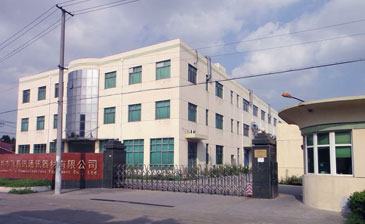
A comprehensive enterprise specializing in the research, development, production and sales of electronic original device products. The company's independent research and development, independent production and independent sales, give customers the most transparent price!

Fei Yixun was established in 2006, and has more than 10 years of experience in the communications industry.It has provided communications solutions for large enterprises such as ZTE, Huawei, Foxconn, BYD, etc.
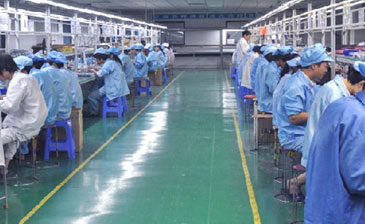
The company produces advanced testing equipment, network analyzers, spectrum analyzers, synthesizers, salt spray testers and other imported testing equipment, and is constantly pursuing better product quality.

Fei Yixun has rich industry experience. Customers can contact the company staff to make demands on their own. The company will explore according to the needs and develop the most reasonable solution for customers!
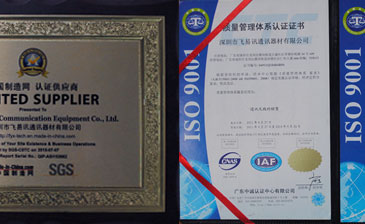
The company has a complete production and R & D system. The company focuses on the integration of new markets and the comprehensive combination of new product design and production technology, and is committed to developing new and innovative antenna products with high performance.

Comply with international standards, the products are sold to more than 30 cities across the country. The company provides complete product tracking services after sales. We can return or exchange you for quality problems!
All rights reserved ©
FEIYIXUN Communication Equipment Co., Ltd. Filing: 粤ICP No.18101235
Address: Building F, No. 18, Ankang Road, Dakang, Tangkang, Henggang, Longgang District, Shenzhen, China
TEL:+86-755-28608731 email:fyx@fyx888.com Technical Support:XINQI